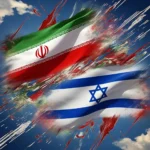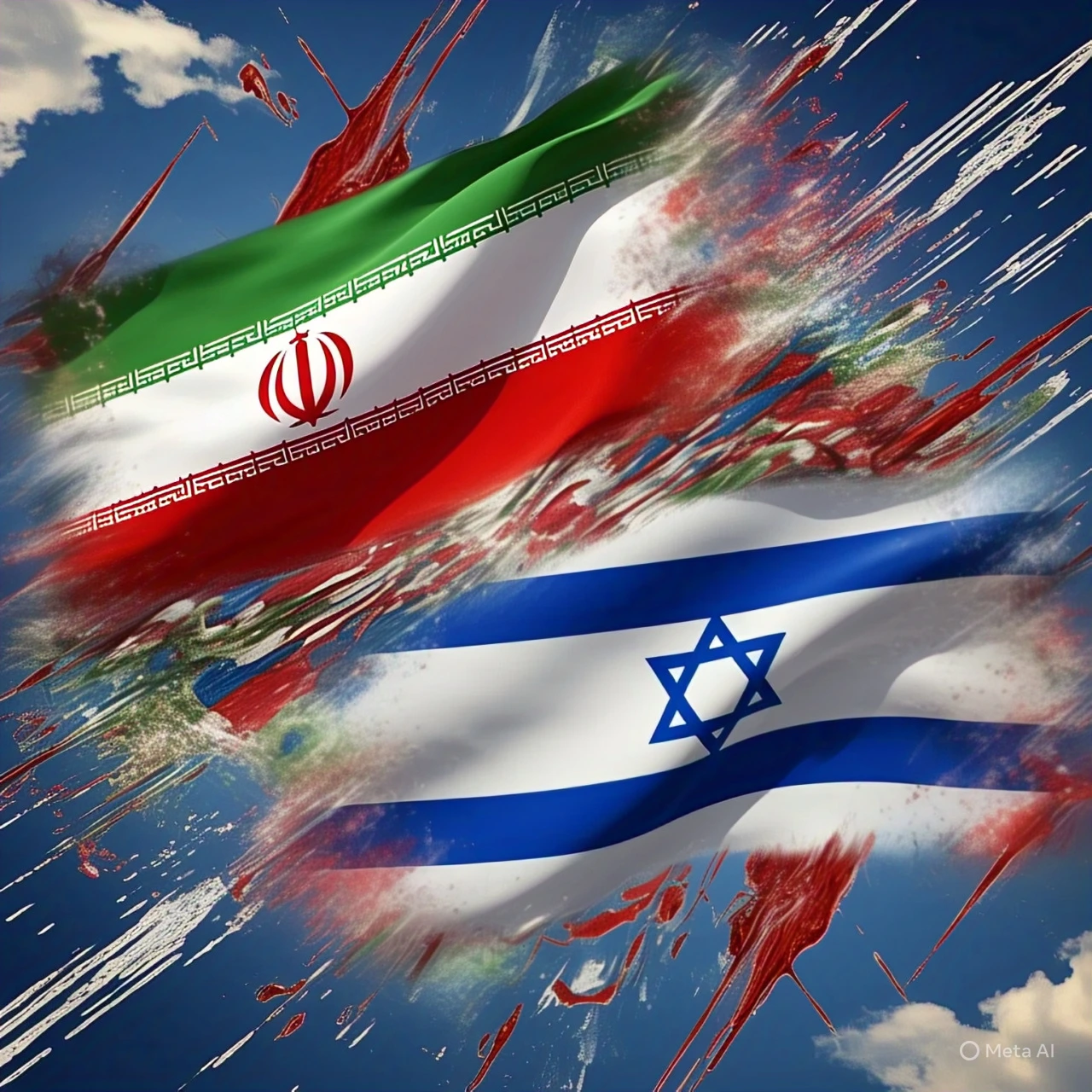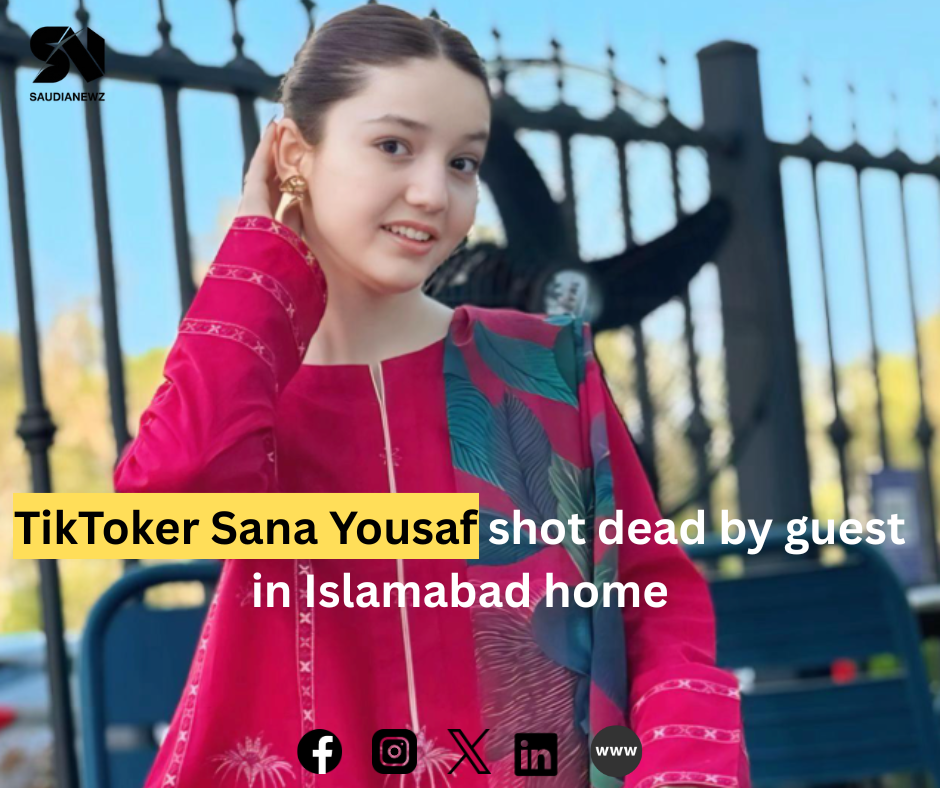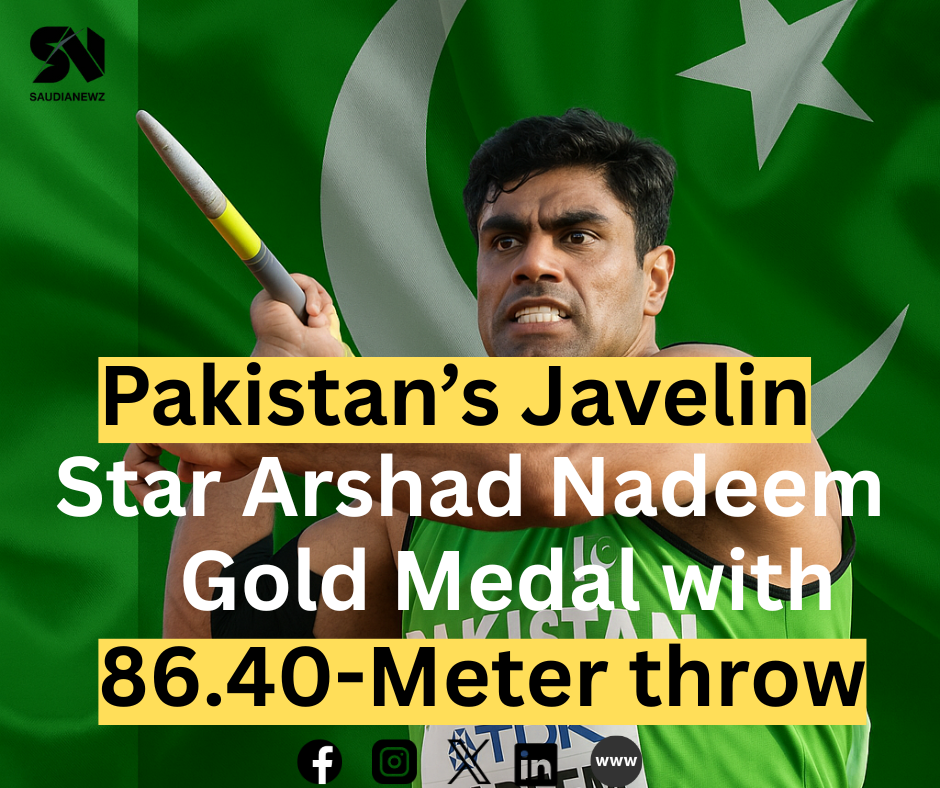Israel-Iran Conflict Escalates: Understanding the Growing Tensions in the Middle East
The Middle East has once again become the epicenter of global tension as Israel and Iran engage in direct military confrontation. This escalation marks a significant turning point in regional dynamics, with potential consequences that could reverberate throughout the global community. Let’s examine what’s happening, why it matters, and what might come next.
Recent Attacks: A Timeline of Escalation
Israel recently launched coordinated strikes against Iran, targeting nuclear facilities, military bases, ballistic missile installations, and even senior military personnel and nuclear scientists. According to Iranian reports, these attacks resulted in approximately 78 deaths and 320 injuries, including women and children.
This attack appears to have been meticulously planned, with reports suggesting that drones were smuggled into Iran specifically for this purpose. The Israeli strategy seemed aimed at delivering a “decapitating strike” – one so devastating that Iran would be unable to mount an effective response.
Iran has now retaliated with multiple waves of attacks targeting various locations across Israel, including military headquarters in Tel Aviv, which is notably situated in a densely populated residential area.
The Nuclear Deal Context
What makes this situation particularly troubling is the timing. These attacks occurred while nuclear negotiations between Iran a
Escalation would likely force Russia and China to intervene more directly, creating a much broader international crisis.
The Nuclear Weapon Calculus
One unintended consequence of this aggression may be strengthening Iran’s resolve to acquire nuclear weapons. The attack essentially sends the message that non-nuclear states remain vulnerable to military action, while nuclear-armed nations like North Korea enjoy a certain level of deterrence.
Iranian leaders may conclude that their best protection lies in accelerating their nuclear program rather than abandoning it through diplomacy.
The Path Forward
The situation has clearly moved beyond mere conflict to outright war, with little prospect for de-escalation in the immediate future. Both sides have crossed lines that make retreat difficult.
While we might hope for cooler heads to prevail and some negotiated settlement to emerge, the pattern of Western engagement suggests that diplomatic resolution remains unlikely without significant changes in approach from all parties involved.
The international community faces a critical test: whether it can find ways to reduce tensions and prevent further escalation, or whether it will watch as the region descends into a potentially catastrophic confrontation with global implications.
The coming days and weeks will be crucial in determining whether this conflict can be contained or if it will spread further, drawing in more countries and causing even greater suffering.











